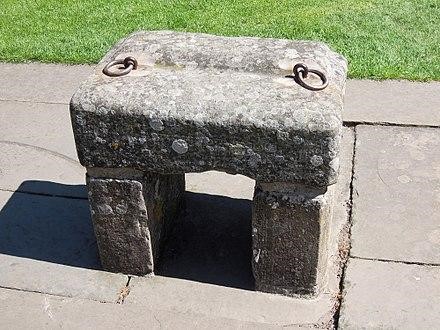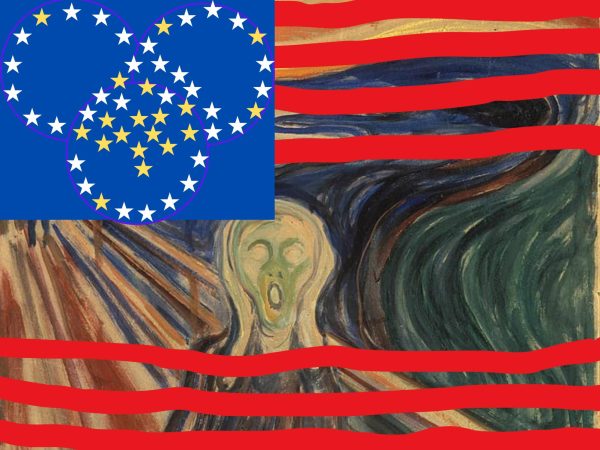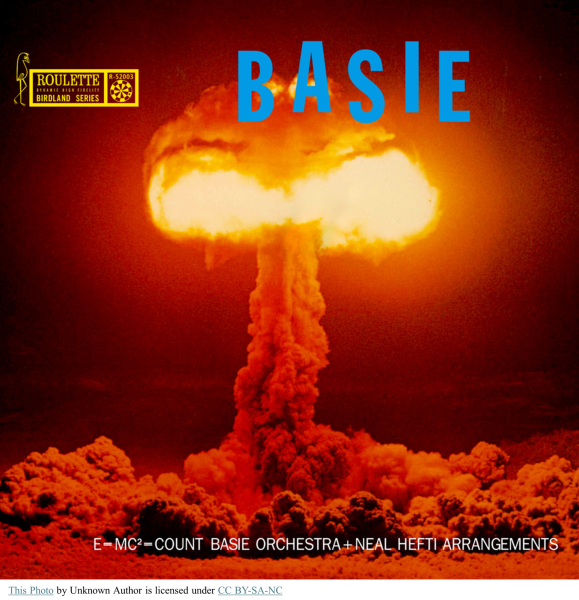Special Scottish Stones

June 30, 2022
 My husband and I just returned from Scotland, where we visited numerous castles, churches, and lochs—the country boasts more than 30,000 freshwater lakes and estuaries, Loch Ness being the most famous—as well as a whiskey distillery and a sheep farm. However, this article will focus on some unique Scottish stones.
My husband and I just returned from Scotland, where we visited numerous castles, churches, and lochs—the country boasts more than 30,000 freshwater lakes and estuaries, Loch Ness being the most famous—as well as a whiskey distillery and a sheep farm. However, this article will focus on some unique Scottish stones.
Clava Cairns. Not far from the Culloden Battlefield, site of the final Jacobite uprising of 1746, are the Clava Cairns. These sacred cairns are circular tombs that prehistoric farmers created 4,000 years ago to bury the most important members of their community. The cairns at Balnuaran of Clava feature four Bronze-age ring cairns and three standing stone circles. The entrances to each cairn are aligned perfectly with the winter solstice sunset. Why remains a mystery, but it is clear that the placement of the tombs required precise knowledge of the seasons and the sun’s cycle.
Fans of the Outlander books and film series will appreciate that the Clava Cairns inspired the fictional “Cragih Na Dun” stone that sends Claire Randall traveling back in time to the 16th-century Scottish Highlands. Touching the huge, standing stone, I waited in anticipation to see whether it would take me back to some sexy men in kilts, but all I got were gritty hands. Probably best, since those were turbulent times, and I tend to favor the hygiene and other conveniences of the 21st century.
The author testing a 4,000-year-old standing stone.
The Stone of Scone (rhymes with spoon), also known as the Stone of Destiny or the Coronation Stone, is an oblong block of sandstone used for centuries in crowning Scottish and English monarchs. It measures 26 in. x 16.7 in. x 10.5 in., weighs 335 lbs., and has iron rings at each end to aid with transport. Last used in Queen Elizabeth II’s 1953 coronation, the Stone sat within a hollowed-out rectangle under the throne.
A symbol of great power, the Stone’s origins and whereabouts remain a mystery. Some say it came from the Holy Land/Biblical times, while others believe King Kenneth MacAlpin, traditionally considered the founder of Scotland, brought the relic from an abandoned abbey on Iona around 841 AD. It may also have been a Roman altar stone taken from the Antonine Wall. Whatever its origins, the famous Stone of Scone was used as a coronation seat at Scone Palace, Scotland, between the 9th and 13th centuries.
When Edward I invaded Scotland in 1296, he took the Stone of Scone back to England, where it stayed for the next 700 years. The only hiccup was when a group of Scottish Nationalist students broke into Westminster Abbey on Christmas Day,1950, in an attempt to spirit the Stone back to Scotland. However, while trying to bury the Stone in a farmer’s field, it broke into two. Eventually recovered, a Glasgow stonemason repaired the Stone, but rumors circulated that the specimen returned was a copy.
In 1996, the British Government, attempting to appease the Scots, decided that the Stone should reside in Scotland when not used in coronations. So now the Stone of Scone sits alongside the crown jewels in Edinburgh Castle, w here the priceless treasure is viewed by millions every year. But the question remains: Is it the genuine Stone of Scone? Or just a plain old rock?
here the priceless treasure is viewed by millions every year. But the question remains: Is it the genuine Stone of Scone? Or just a plain old rock?
A replica of the Stone of Scone at Scone Palace



















